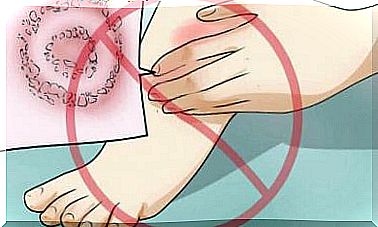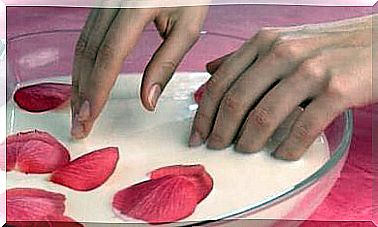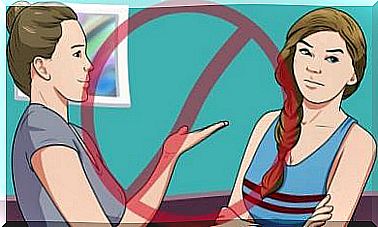Migraine: Causes, Symptoms, Diagnosis And Treatment

A large percentage of the population suffers from migraines regularly. This neurological disorder affects their quality of life. As a result, their mood may suffer, which can lead to depression and isolation.
In this article, you can discover the causes of migraines, as well as diagnosis and treatment.
What are migraines?
A migraine is a neurological disorder characterized by severe headaches. In general, many of those who suffer from these headaches often attribute them to stress, tension or anxiety.

Migraines appear with localized pain on one or both sides of the head. It is usually a form of pain that completely paralyzes the sufferer, and they affect a large part of the population (18% of adult women and 6% of adult men).
Classical migraines, also known as “aura” migraines, often begin with symptoms that appear on sight. Sensory disturbances such as flashing lights or blind spots appear. These symptoms usually last between 10 and 30 minutes.
Causes of migraines
In general, people who suffer from migraines tend to experience different patterns and forms of pain. In addition, the patient may even suffer from various types of migraine-related pain throughout life.
Thus, it is very important to know what can lead to this disorder. After all, it can let you prevent it or reduce the intensity.
The causes or triggers of this neurological disorder are the following:
- Smoking and alcohol intake.
- Stress.
- Sleep disorders.
- Exposure to strong odor.
- Sudden climate change.
- Consumption of certain foods (sodium glutamate, artificial sweeteners, soy, dairy products, caffeine, chocolate, citrus fruits, bananas, avocados, etc.).
- Overexposure to bright light.
- Certain medications.
Symptoms of migraines
All in all, the symptoms of this disorder are very characteristic and easy to recognize:
- The main symptom is an intense headache that radiates from the head, neck, and facial muscles. This pain can last anywhere from 4 to 72 hours.
- Nausea and vomiting
- Photophobia and phonophobia. Migraines cause hypersensitivity to light and sounds.
- Pale skin.
- Exhaustion.
- Palpitations.
- Visual symptoms. Blinking, blind spots, zigzag lines, partial vision loss, or pain in the eyes.
- Psychological changes. In general, stress, anxiety, insomnia, depression, and even nervousness and aggression can occur.
Thus, migraines do not allow the sufferer to perform their normal activities. In addition, there are other, less common symptoms that may also appear:
- Dizziness.
- Itching, tingling and kitten.
- Involuntary body movements.
- Unclear speech.
Diagnosis

In general , the diagnosis depends on the patient’s symptoms. To diagnose a patient, the doctor must have a very detailed medical history. Naturally, the information the patient provides about his pain is very important.
Usually, most patients do not need to see a neurologist for a diagnosis. Only in cases where there is a suspicion of secondary headache or other pathology, imaging tests may be required. If this is the case, an MRI and CT scan are usually performed.
Treatment of migraines
All in all, there are two treatment strategies to combat this disorder: pharmacological treatment and natural therapies.
Pharmacological treatment
The type of medicine used depends on the cause of the migraine:
- Painkillers and anti-inflammatory drugs such as ibuprofen, aspirin, paracetamol, etc. However, these will only be effective in mild to moderate migraines.
- Antiemetics. These are usually used to prevent vomiting and nausea.
- Antihypertensive. Generally, these are used for migraines caused by hypertension.
- Antidepressants. This is naturally best for migraines and headaches caused by depression or tension.
Natural therapies
Natural therapies to treat migraines are always based on the patient’s diet. In general, it is essential to increase the amount of natural food you eat, while cutting out processed products (pastries, snacks, pre-prepared foods, etc.). It is also important to rule out possible food intolerances, such as gluten or lactose intolerance.
Natural therapies take general health into account to treat any disorder, such as problems with the hormonal system, liver function, kidneys and intestines, and emotions. Acupuncture, homeopathy, magnetic therapy and color therapy, among other techniques, can all yield results.









